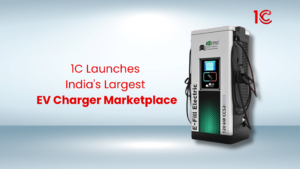
1C launches nation's largest EV charger marketplace, bringing chargers from renowned OEMs under a singlemplatform, offering convenience & options for EV owners.
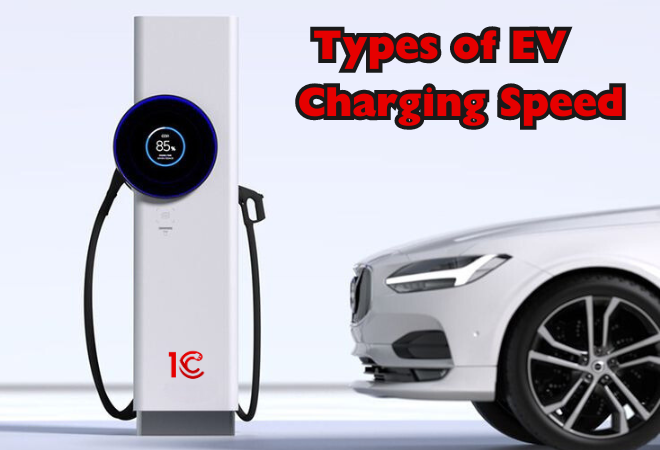
Like traditional vehicles, which have choices in the type of oil used to refuel the vehicle, EVs also come with a variety of charging options. In this article, we are talking about the types of charging based on the charging speed. The 3 types of charging based on speed we will understand are fast charging, slow charging and rapid charging. Every charging type has its pros and cons, and a specific type of charger provides each charging speed.
The types of charging based on speed are categorised as fast charging, slow charging and rapid charging.
Charging Type | Speed | Typical Power Range | Common Locations | Usage Time |
Fast EV Charging | Faster than standard home chargers | 7 kW – 22 kW | Public charging stations, some homes | It takes a few hours for a full charge |
Slow EV Charging | Slower than standard home chargers | 3 kW – 6 kW | Home charging, workplace charging | Overnight for a full charge |
Rapid EV Charging | Very fast charging speed | 50 kW and above | Dedicated charging stations | 30 minutes to 1 hour for 80% charge |
Fast EV charging uses higher power levels than slow charging, which cuts down the time needed for a full charge. It operates at 240 volts. Electric vehicles ready for fast charging have a special connector and can use charging stations with greater power output. Fast charging can refill an EV battery much faster than slow charging, making it a more time-effective choice. Yet, the presence of fast charging stations may differ, and not all electric vehicles can use this type of charging.
Charging Management system by 1C
The advantages and disadvantages of fast charging are listed below:
There are different types of fast chargers for electric vehicles:
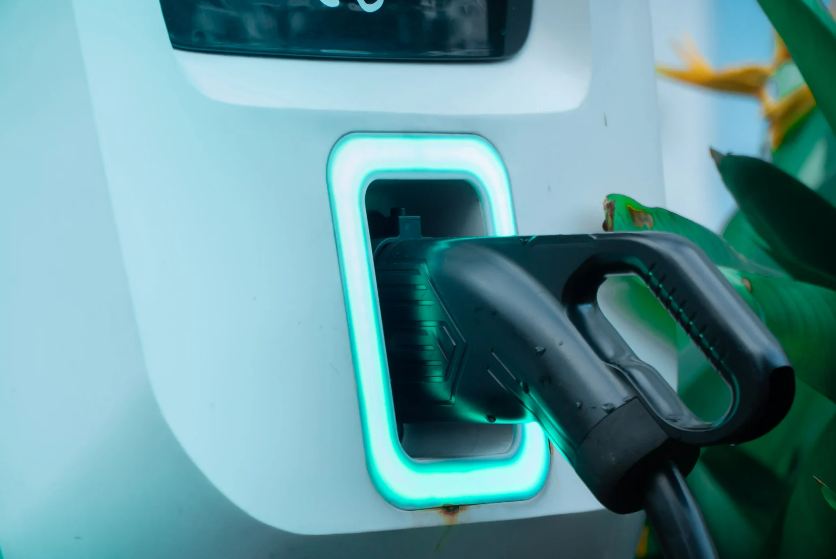
Slow EV charging refers to using a standard electrical outlet at home or workplace to charge electric vehicles. Most electric vehicles are equipped with a cord and a control box for Level 1 charging. To begin charging, users plug the cord into a three-pin wall socket. The important aspect of Level 1 charging is that it doesn’t require additional hardware installation. However, the downside is the extended duration needed to achieve a full charge.
The advantages and disadvantages of slow charging are listed below:
Slow chargers are a type of electric vehicle charging method that uses a standard electrical outlet, are found at home or workplaces. Operating at 120 volts in Level 1 charging, these chargers offer a more affordable and accessible option for residential use. They involve plugging the EV into a standard three-pin wall socket, taking approximately 8 to 12 hours to charge from 0% to 100%, depending on the EV’s battery capacity. While slow charging requires no additional hardware installation, the extended charging time may not suit individuals with time-sensitive needs or those with longer daily commutes.
Rapid chargers are designed to charge electric vehicles quickly, providing a speedy charging rate of 50 kW. It takes approximately 30 to 60 minutes to charge an EV battery from 0% to 80% using rapid charging. However, it’s important to check for the right charging cables that match your EV’s make, model, and manufacturer.
The advantages and disadvantages of rapid charging are listed below:
There are mainly three types of rapid chargers for electric vehicles:
The charging options for electric vehicles cater to various needs. Fast charging is quick and ideal for busy schedules and long trips, but availability and battery stress are considerations. Slow charging is affordable and grid-friendly, suitable for home and work, but may need to be faster for some users. Rapid charging combines speed and convenience but may have compatibility issues and installation costs. The choice depends on individual needs, infrastructure availability, and vehicle characteristics, with advancements likely to bring more accessible and efficient charging in the future.
Rapid charging is the fastest for electric vehicles and provides a high-speed charge, at 50 kW or higher, allowing for quick replenishment of the battery.
The driving range of an electric vehicle on a full charge depends on the make and model. Modern EVs can travel anywhere from around 100 to 300 miles on a single full charge.
Electric cars may experience some battery discharge when parked, but the rate is low. Factors such as temperature, battery health, and vehicle settings can influence the discharge rate.
There are three main types of EV charging speeds: slow charging, fast charging, and rapid charging. Slow charging operates at a lower speed at home. Fast charging is quicker and often found at public stations. Rapid charging is the fastest and is designed for speedy recharging.
Rapid charging is beneficial for users with time constraints or during long-distance travel. However, its suitability depends on factors like the availability of charging stations, your vehicle’s compatibility, and the potential impact on the battery’s long-term lifespan.
The charging time for electric vehicles varies based on the charging speed and the capacity of the vehicle’s battery. Slow charging may take several hours, and fast charging can take a few hours, while rapid charging can provide an 80% charge in approximately 30 to 60 minutes.
1C launches nation's largest EV charger marketplace, bringing chargers from renowned OEMs under a singlemplatform, offering convenience & options for EV owners.
Explore the surprisingly long history of electric vehicles. Start from 1830s with dawn of EVs, go through 1900s when electric cars dominated the roads, move through the 60s, when ICE rose to popularity, and cruise through the 21st century to understand the rebirth of electric vehicle in automobile industry.
Can you charge your EV to 80% in 10 minutes? Discover the truth about fast charging and how 1C helps you find verified stations. Stay informed & charge wisely!
Amidst EV evolution, the 1C app has emerged as a gamechanger, setting new standards in the market. But what makes it stand out in an increasingly crowded space?
1C EV Charging App can help EV owners in Delhi-NCR in planning road trips. It eliminates the uncertainty of long drives with EV, ensuring a smooth journey.
1C EV Charging App has taken a proactive approach to ensure that EV owners can access 100% verified charging stations whenever and wherever they need them.
Streamline your EV charging with the 1C EV Charging App: 1 app, 250+ verified chargers, real-time data, and a user-friendly experience. Download now!
Right EV charger for your vehicle is important to ensure good performance. Navigate via various types, and key factors to consider when choosing an EV charger.
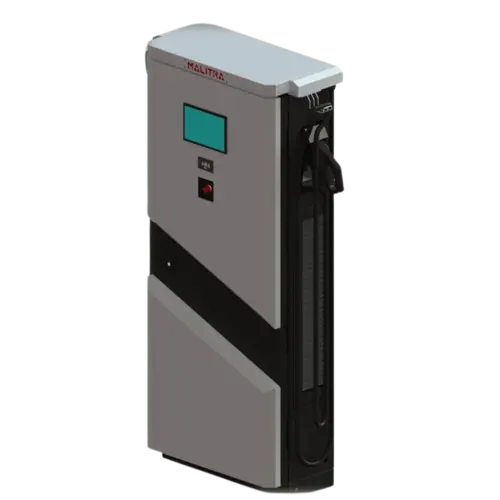

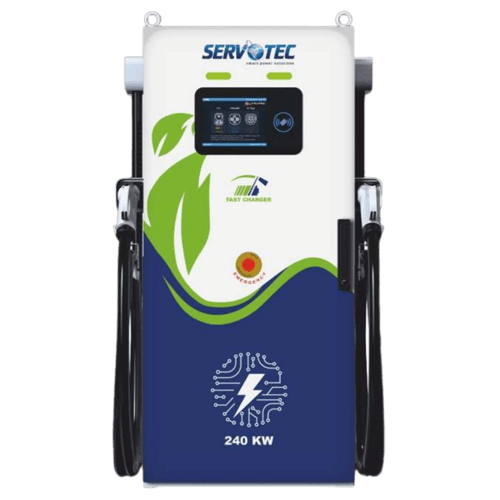
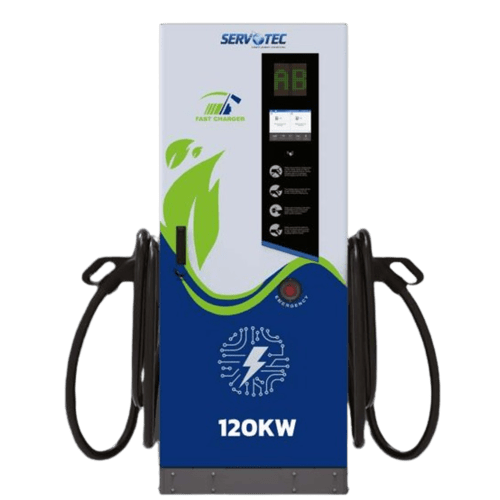
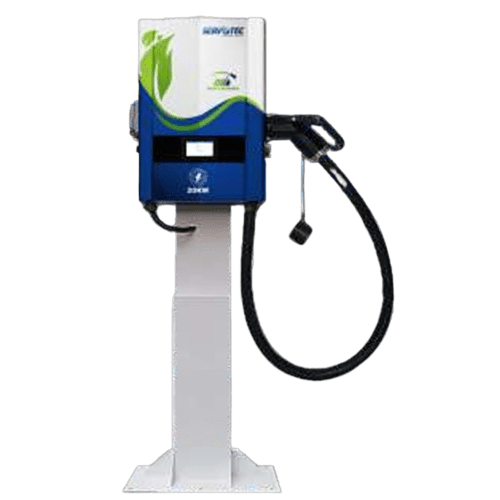
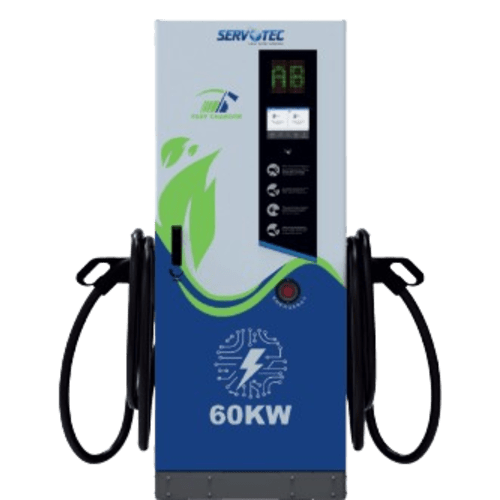
© 2024 Massive Mobility Private Limited. All rights Reserved